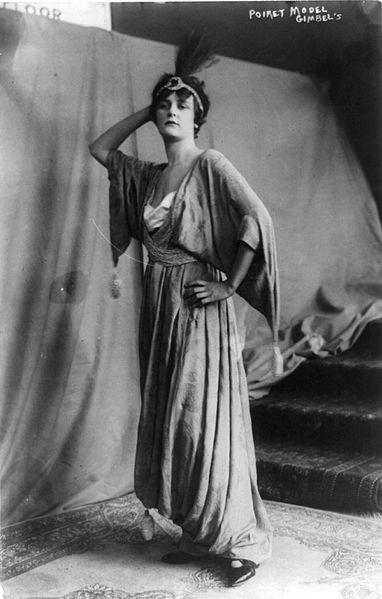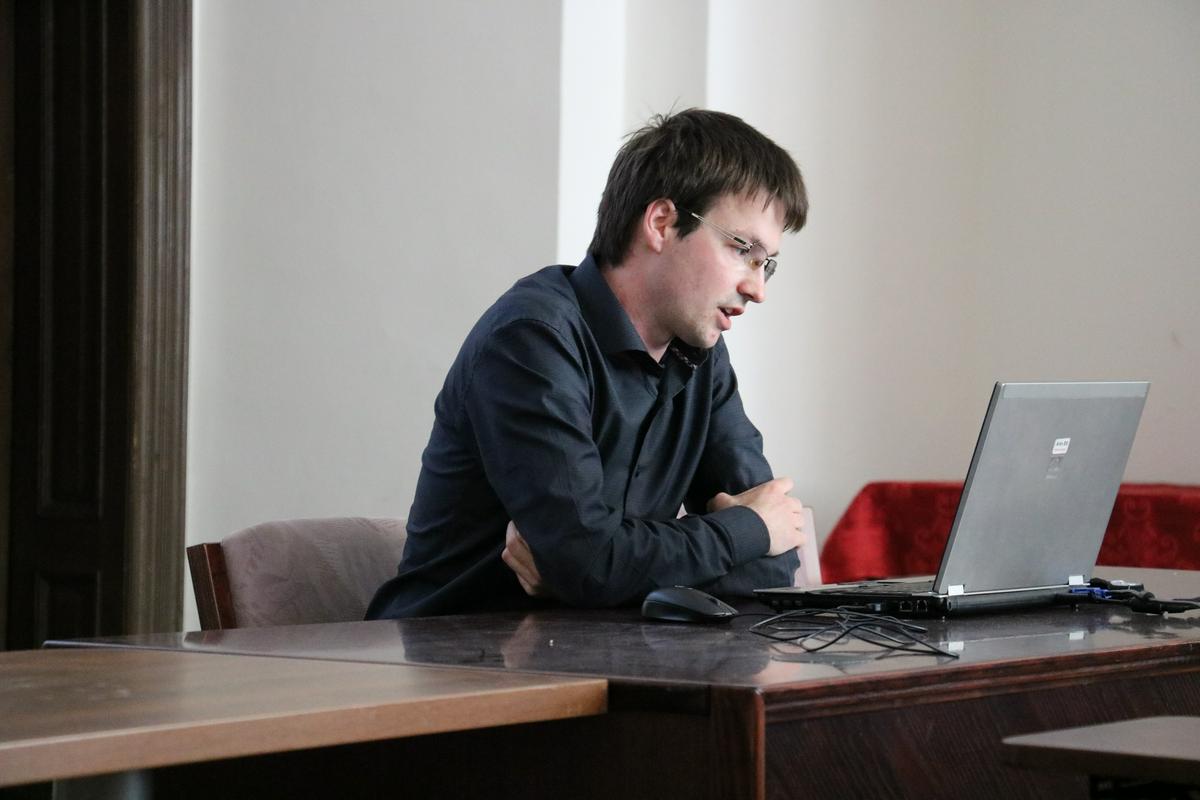


Robert Devetak from the Archives of the Republic of Slovenia spoke on the "trouser problem of the last century", starting his lecture with: "I am not an expert in fashion history, but ..."
With a detailed study of the beginnings of trouser fashion among women, the young researcher has come up with many unexpected findings - for example, some of the opponents of the new piece of clothing were even so fierce in their disapproval that they took their lives due to slacks. For example, there was an influential Italian man who committed suicide after hearing news of his daughter walking through the streets dressed in "freak fashion” or slacks.
The first to take the public by surprise with what would later become trousers as we know it today, was the French fashion designer Poul Poiret. Due to the bold (and according to many controversial) designs, he was crowned "the king of fashion". Poiret, who was among the first to shock with fashion shows and fashion catalogues in France, was inspired by the theatre when designing an unusual creation - women's trousers. After viewing the Ballet Russes performance in 1910, he added the so-called jupe-culotte or a trouser skirt (as they called clothing in Slovenia) to his spring collection. The theatre has long been considered a forum where new fashion guidelines could be established.
What about Slovenia?
In the territory of Slovenia, women's trousers were first mentioned in the Novice newspaper in 1876, after women had already discovered Poiret's trousers, but many stressed that a woman in slacks does not wish to "imagine that she is the mistress of the house, but only wants to get rid of annoying skirts."
After 1911, all major women's magazines, such as Slovenka, Our Housewife and Slovenian Housewife, were already writing about trousers. At first, people did not expect that the tendency for women's trousers could signify an upcoming women's emancipation. The new piece of clothing was only perceived as another fashion craze.
Off with the uncomfortable corset!
Many women saw in the new garment primarily the possibility for comfortable and relaxed movement. Even the corset, which had long been considered a compulsory piece of wardrobe, slowly began to disappear from the wardrobes. Women of the upper social strata found it much easier to participate in sports activities in their trousers as well as travel. Along with rapidly evolving tourism, slacks became almost an indispensable accessory for women.
Natalija Glažar from the Archives of the Republic of Slovenia also spoke to MMC about this aspect of the development of trousers: "The development of tourism had been in full bloom already between the years 1910 and 1920. For travelling by car and train, the woman had to dress something comfortable. Queen Margarita was most likely wearing slacks on her trips to the Alps, too. Can you imagine that she would travel in a heavy, bungling dress? "
A few months after the emergence of trouser skirts, a survey was even conducted in Maribor to find out what the "pretty sex", as women at the time were often called, thought about slacks. Many women described clothing as elegant and beautiful. A lady, on this occasion, said: "I would wear it, only I do not wish to be the first one to do it."

































































